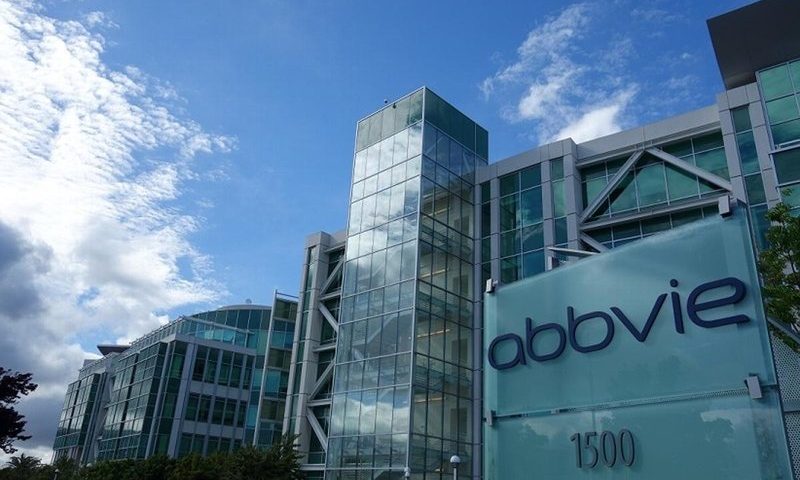The accelerated approval of Biogen’s Aduhelm has caught the eye of AbbVie, which plans to push an Alzheimer’s disease candidate that potentially has a better safety profile into the clinic by year’s end or early next year.
While reporting second quarter earnings, AbbVie’s R&D chief Mike Severino, M.D., revealed that AbbVie has identified a beta amyloid candidate that could work faster than Aduhelm, also known as aducanumab, and has reduced risk. Severino, who serves as vice chairman and president, said the Aduhelm approval has driven up interest in beta amyloid therapies for Alzheimer’s.
This will not exactly be new ground for AbbVie, which has three therapies in the works, ranging from phase 1 to phase 2. But one has already been trimmed; also during the earnings call, the company revealed that it will end development of ABBV-8E12, which is has a different target called tau. The decision was made after phase 2 showed a lack of efficacy, according to Mizuho analysts.
One of the concerns raised during the FDA’s review of Aduhelm was abnormalities seen on MRI imaging in 41% of patients in a phase 3 clinical trial. These abnormalities could point to swelling or bleeding in the brain.
AbbVie thinks their candidate could quickly clear the amyloid plaques believed to cause Alzheimer’s, while leaving patients with clean scans.
“We have profiled a number of a-beta antibodies preclinically, and we have a candidate with the potential to meet these requirements,” Severino said.
Severino thinks there’s room for improvement in Alzheimer’s. Aduhelm may be approved, but it’s not for everyone after the FDA trimmed its label.
AbbVie is pursuing a range of possible ways to tackle Alzheimer’s. Those include AL002, a monoclonal antibody trying to enhance the activity of the TREM2 gene, and AL003, which targets a genetic link to the disease, called sialic acid binding Ig-like lectin 3 (SIGLEC 3).
But Severino seems to see opportunity in developing a therapy that can be the next-generation Aduhelm. “With respect to a-beta, I think if one looks at all of the data, it’s quite clear that if you can remove plaque rapidly, then there will be a benefit,” Severino said.
To move a treatment forward, AbbVie would need to see a “deep reduction” in plaques quickly.
“You won’t start to see a cognitive benefit, we believe, until you get to that amyloid negativity level,” Severino said.
AbbVie thinks it can do that through careful selection of a molecule that can get at the underlying cause of the devastating neurological disorder. For now, the world will have to wait for the data to prove out AbbVie’s theory.
“We’ve obviously had these candidates before the aducanumab approval. We’ve been monitoring this area quite closely,” Severino said. “But we think this is a good time to advance those candidates and to determine whether the science I described plays out in the clinic.”

